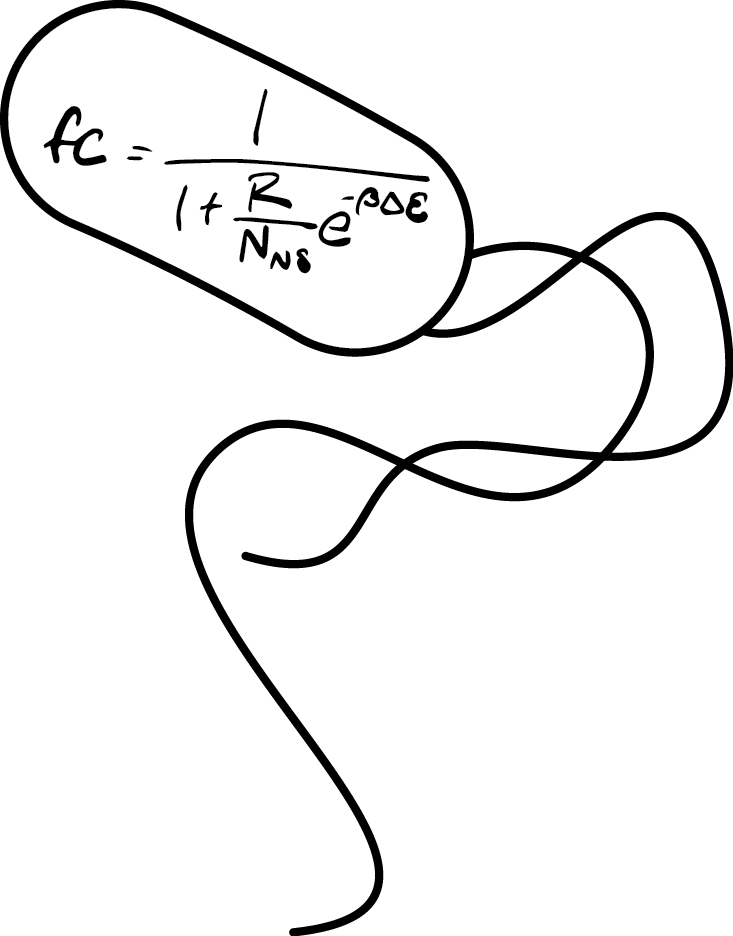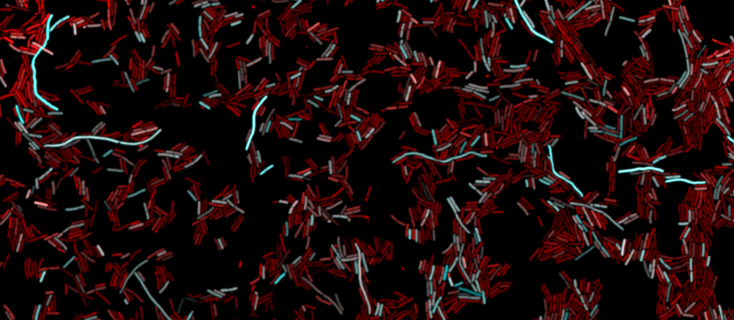PHYSICAL BIOLOGY of the CELL @ GIST 2019
About
This intensive week-long mini-course explores the way that physical and mathematical models can be used to understand biological systems. The course begins by examining the way in which simple order of magnitude estimates can be used to provide insights into problems ranging from the fidelity of protein translation to how far a bird can fly without stopping. This is followed by the use of statistical mechanics to explore problems in regulatory biology. Some examples include the physics of post-translational modifications, how cells make transcriptional decisions and the precision with which embryonic development takes place. The next part of the course focuses on how organisms pack and access their genomes. We start with a description of the problem of viral DNA packing and then turn to the study of the eukaryotic nucleosome. From there, we turn to the study of organization in biological systems with emphasis on one-dimensional ordering in the filamentous structures of the cytoskeleton to the two-dimensional ordering seen at the cell membrane. Finally, we will examine the role biophysics plays in “biology’s greatest idea” – evolution. In addition to these topics, the course also involves an intensive hands-on project using computation to do image segmentation and quantification in order to find the fluorescence of individual cells and to use this fluorescence to compare to statistical mechanical models of gene regulation.
Where and When?
This course takes place from January 20 - 25, 2017 at GIST.
- Lecture | 09:00 - 17:00 in College A.227
- Lab | 19:00 - 22:00 in College B.416 (Wet Lab) and College B.214 (Optical Tweezer Lab).


